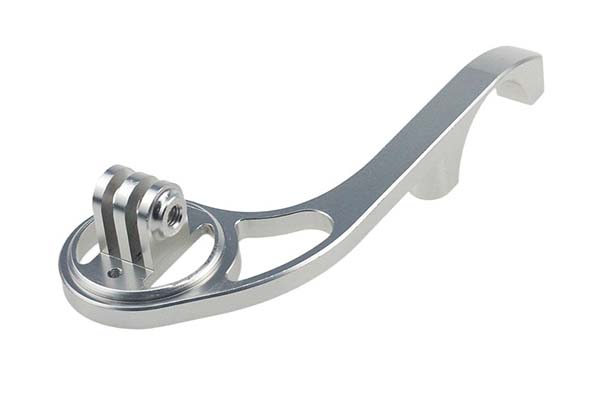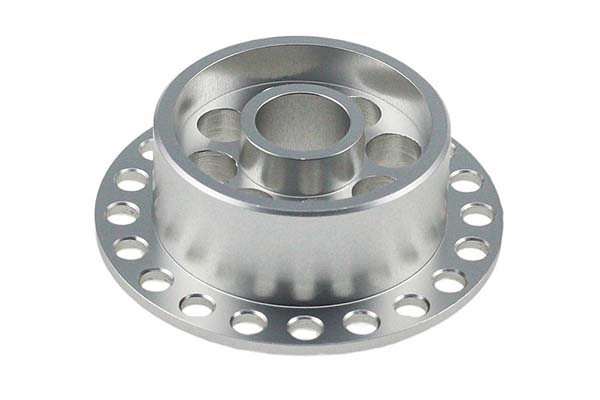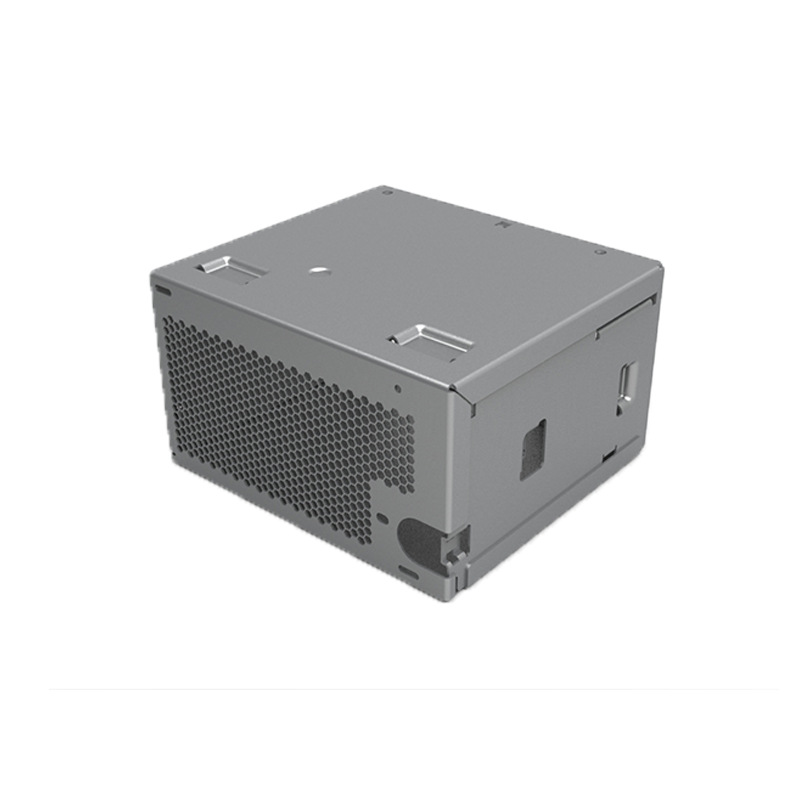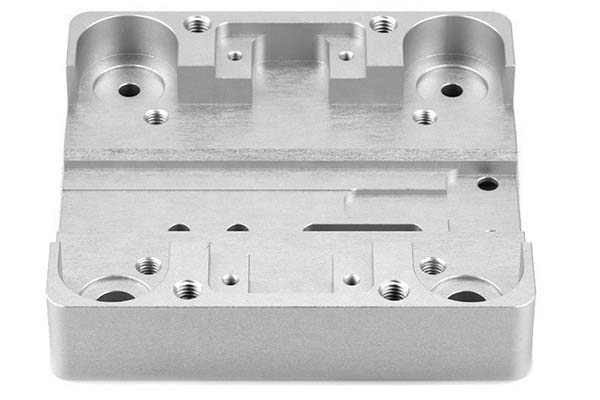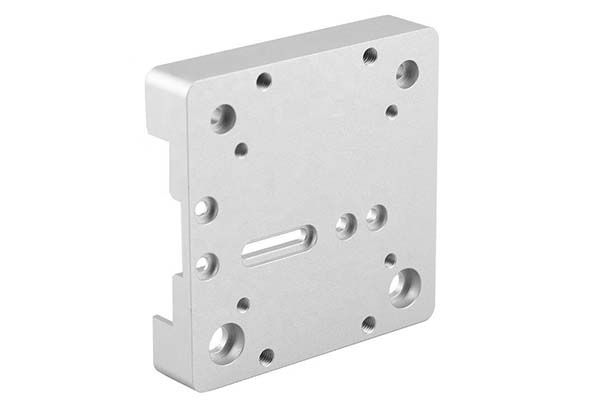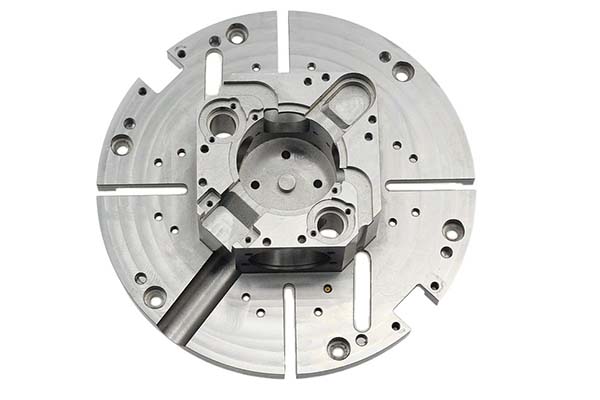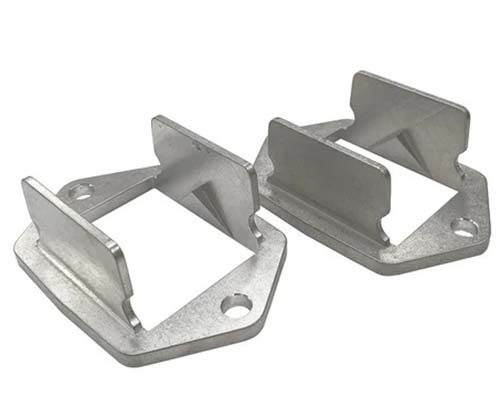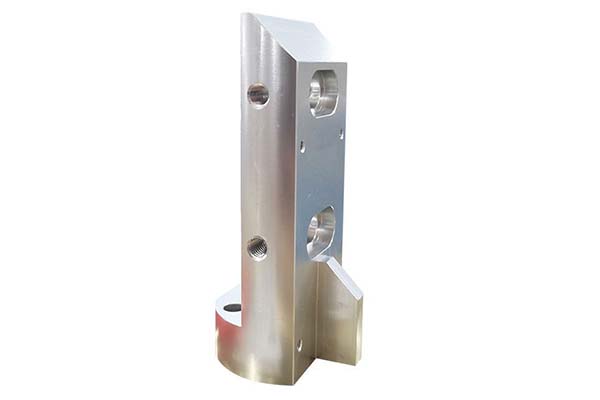Manufacturers in automotive, construction, and aerospace industries face a constant pressure: create lighter, stronger components that withstand extreme stress without sacrificing safety or durability. Traditional mild steel falls short here, while exotic alloys often prove too expensive or difficult to form. This is where Metal Stamping High-Strength Steel emerges as a game-changer. High-strength steel (HSS) offers tensile strengths from 340 MPa to over 1,600 MPa, enabling thinner, lighter parts without compromising performance. However, stamping HSS requires specialized techniques to overcome challenges like excessive springback, tool wear, and cracking. In this guide, we’ll address these pain points, exploring HSS’s properties, processes, and applications to help you achieve consistent, high-quality results.
Material Characteristics of High-Strength Steel
High-strength steel encompasses a range of alloys, each tailored to specific needs, but all share core traits that make them ideal for demanding applications:
- High Tensile Strength: Ranging from 340 MPa (mild HSS) to 1,600 MPa (ultra-high-strength steel, UHSS), these alloys outperform mild steel (250–400 MPa) by 30–300%.
- High Yield Strength: Typically 250 MPa or higher, meaning they resist permanent deformation under heavy loads—critical for structural components like chassis parts.
- Impact Resistance: Absorbs energy during collisions, making it a staple in automotive safety features like door beams and bumper reinforcements.
- Fatigue Resistance: Withstands repeated stress cycles without failure, essential for parts like suspension components that endure constant vibration.
- Formability Trade-Off: While modern HSS grades (e.g., DP, TRIP) offer improved ductility, formability generally decreases as strength increases. For example, DP600 (600 MPa tensile) has 15–20% elongation, compared to 25–30% for mild steel.
A comparison of common HSS grades highlights their varying properties:
| Grade | Tensile Strength | Yield Strength | Elongation | Best For |
| HSLA 340 | 340–550 MPa | 290–450 MPa | 18–22% | Structural frames |
| DP600 | 600–700 MPa | 350–450 MPa | 15–18% | Automotive body panels |
| TRIP800 | 800–900 MPa | 500–600 MPa | 20–25% | Crash-absorbing components |
| Martensitic | 1,200–1,600 MPa | 1,000–1,300 MPa | 6–10% | Safety critical parts |
Stamping Process Details for High-Strength Steel
Stamping HSS requires adjustments to handle its strength and minimize springback:
- Press Selection: Hydraulic presses are preferred for their variable speed and force control, especially for high-strength grades. For thick materials (≥3 mm), use presses with 1,000+ ton capacity to ensure full material deformation. Mechanical presses with servo drives work well for thin-gauge HSS, offering faster cycle times for high-volume production.
- Die Design and Material: Use hardened tool steel (e.g., A2, D2) or carbide inserts to resist wear—HSS can reduce die life by 30–50% compared to mild steel. Incorporate larger radii (minimum 3× material thickness) to prevent cracking, and add bead features to control material flow during forming.
- Lubrication Techniques: Apply high-viscosity, extreme-pressure lubricants containing molybdenum disulfide or graphite. These reduce friction and prevent galling, which is more common with HSS due to higher contact pressures.
- Stamping Speed and Pressure: Slow press speeds (5–10 strokes per minute) for ultra-high-strength grades allow the material to flow evenly, reducing the risk of tearing. Increase blank holder pressure by 20–30% compared to mild steel to control wrinkling.
- Springback Control: HSS exhibits 2–5 times more springback than mild steel. Use over-bending (10–15 degrees beyond the target angle) and bottoming dies to counteract this. For complex parts, simulate springback using FEA software to optimize die angles.
Product Applications of High-Strength Steel Stamped Parts
HSS’s strength-to-weight ratio makes it indispensable across industries:
- Automotive Body Panels: DP and TRIP steels form lightweight, crash-resistant doors, hoods, and fenders, improving fuel efficiency without sacrificing safety.
- Chassis Components: HSLA grades create strong, rigid frames and suspension parts that reduce vehicle weight while handling road stress.
- Structural Parts in Construction: HSS stamped brackets and connectors reinforce buildings and bridges, withstanding wind, seismic, and load stresses.
- Railway Vehicle Components: Martensitic steel parts like couplers and brake components endure heavy loads and repeated use.
- Aerospace Structural Elements: HSS stamped parts reduce aircraft weight, lowering fuel consumption while meeting strict strength requirements.
Each application leverages HSS’s ability to deliver strength without excess weight, driving innovation in design and efficiency.
Quality Control and Testing for High-Strength Steel Stamping
Ensuring HSS parts meet performance standards requires rigorous testing:
- Dimensional Inspection: Use CMMs to verify tolerances, which can be tighter (±0.05 mm) for structural parts. Pay special attention to bent areas, where springback can affect fit.
- Surface Defect Detection: Automated optical inspection (AOI) systems identify cracks, scratches, or galling—critical, as surface flaws in HSS can propagate under stress.
- Mechanical Property Testing: Conduct tensile tests on sample parts to confirm strength meets specifications (e.g., 600 MPa minimum for DP600). Hardness testing (Rockwell B or C) ensures heat treatment consistency.
- Non-Destructive Testing (NDT): Ultrasonic testing detects internal defects in thick parts, while X-ray inspection checks for weld or forming flaws in critical components like automotive crash structures.
- Material Certification and Traceability: Track HSS from raw material to finished part, ensuring compliance with standards like ASTM A1011 (HSLA) or ISO 16630 (automotive steel).
Yigu Technology’s Perspective
As a custom manufacturing supplier in China, Yigu Technology specializes in Metal Stamping High-Strength Steel for automotive and construction clients. We use servo hydraulic presses and carbide tooling to handle grades up to 1,200 MPa, with FEA simulation to control springback. Our quality control includes NDT and tensile testing, ensuring parts meet strength and dimensional requirements—delivering lightweight, durable components that drive efficiency in your applications.
FAQs
- How does HSS compare to aluminum for automotive parts?
HSS offers higher strength at a lower cost but is heavier. Use HSS for structural parts needing maximum strength; aluminum for non-critical, weight-sensitive components.
- Can HSS be welded after stamping?
Yes, but use low-heat techniques (e.g., laser welding) to avoid weakening heat-affected zones. Pre- and post-weld heat treatment may be needed for ultra-high-strength grades.
- What’s the maximum thickness for stamping HSS?
Practical for sheets up to 6 mm thick. Thicker material (6–10 mm) requires specialized presses and may need pre-heating to 200–300°C to improve formability.
